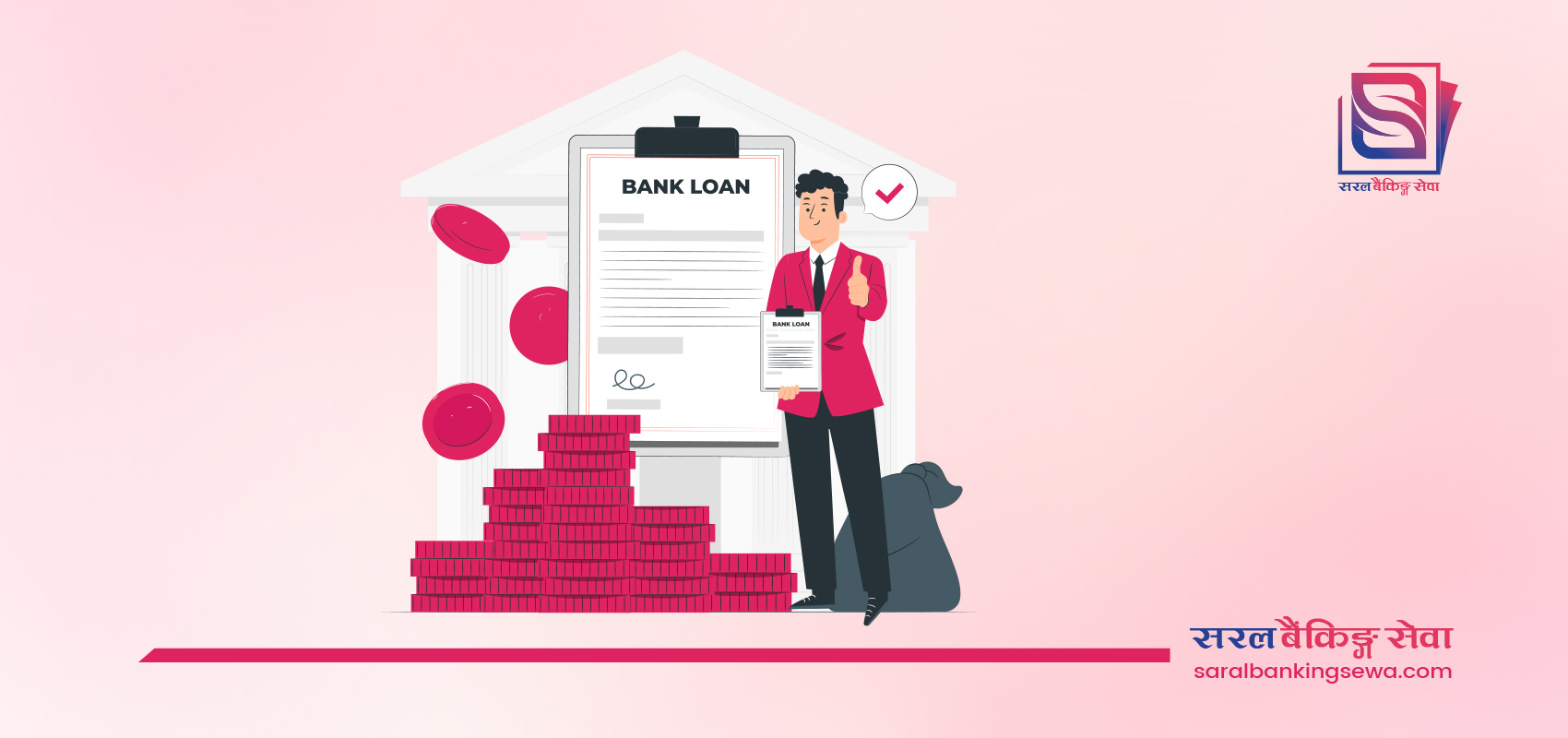
Following the New Year 2082 occasion, your social media feeds might have been carpet-bombed by banks with their cheap loan options—"Loans at just 7% to Start Your Year Right!" or "Low Interest. Big Dreams."
Sounds tempting, right? But beneath those flashy headlines lie costs most people miss—like processing fees, documentation charges, prepayment penalties, and hefty long-term interest. While lower interest rates definitely make a loan option a lot cheaper for borrowers, extra fees and charges seemingly make it a different story.
So, in this blog post, let us learn the real price of these 'cheap' loans, help you understand what to watch out for, and share tips so your 2082 doesn’t begin with an unexpected financial headache.

Whenever you see a loan option that sounds too good to be true, it probably is with a catch.
Some of the loan schemes that often have extra costs that banks do mention in the fine print, but most people overlook include: 0% loans, buy now, pay later schemes, home/auto/education loans, hire purchase loans, etc. Nepali banks often put out tempting offers on these types of loans, typically during festive seasons, to encourage borrowing.
However, as these deals have additional fees and charges, even if they appear cheaper, they eventually become costly.
Depending on the type of loan, Nepali banks charge borrowers a processing fee of 0.25% to 1% of the total loan amount. This fee covers administrative costs such as documentation and loan processing before passing the loan.
For long-term loans that require annual renewals, like gold loans or any other overdraft loans, banks in Nepal charge borrowers a annual renewal fee of 0.10% to 0.25%.
Except for loans under 5 million (NPR 50,00,000), if you repay your loan before the loan tenure ends, Nepali banks can charge you a prepayment penalty ranging from 0.15% to 1%. On top of that, the earlier you repay the loan, the higher the prepayment charge.
Apart from the processing fees, you need to pay a valuation charge to the valuator during the collateral evaluation. According to the Nepal Valuers’ Association, the fee typically ranges from NRs. 7,500 to NRs. 3,40,000 depending upon the loan amount. So, if you are applying for a larger sum of money, despite the cheaper interest, your initial cost will still be costly.
Banks in Nepal offer cheaper interest rates for loans with much longer tenures than short-term loans. At first glance, a longer tenure period sounds like the best deal as there’s a low interest rate and much lower EMI payment.

However, the total interest accumulated at the end of a longer tenure is always much more than that of shorter tenures. You can find out for yourself how much of a difference a loan tenure makes in total interest using Saral Banking Sewa’s EMI calculator.
Therefore, although a long fixed tenure may provide the comfort of lower EMIs, it comes with much larger cumulative interest.
Before you make a hasty decision swept up by the flashy ads and banners, remember to take a step back and properly study the actual cost of the loan.
Don’t just read the big bold numbers of the ads—read the fine print carefully. Add up all the upfront and underlying additional costs, calculate interests per the tenure, and compare offers of various banks using platforms like Saral Banking Sewa, where you can get transparent details about the actual cost of the loans.
And finally, ask questions! Do not hesitate or shy away from asking your bank questions to clarify any confusion. That way, you won’t feel misled or betrayed later on, because banks do mention all liable costs in the fine print.
Sign up to discover Saral Banking Sewa